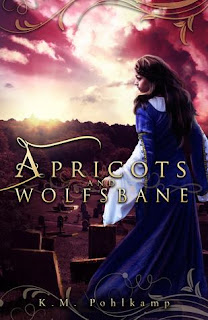1.9 Book review: Anita Blake series
Fangs in the blood
It was 2004 and my sister got the sixth or seventh
book in a series she was rather fond of. At the time I had been
devouring just about anything with vampires in it- I was going through
‘that’ phase so many of us go through and the urban
fantasy/paranormal scene was just starting to slowly slide out of the
shadows it had been hiding in for years.
I’d finished Tanya Huff’s Blood Ties trilogy and
was eager for more of this gritty dark and sexy vampire thing that was
still a fresh new taste to my reading palate.
So my sister said, ‘you might like this’ and slid Guilty Pleasures by Laurel K Hamilton across to me.
I was a slow, slow reader in those days; getting
through a book took about a week. I gorged myself on Guilty Pleasures in
about two days (which was a record for me). I stayed up until dawn the
night I read Circus of the Damned (the third
book) and I can tell you with total honesty, I have read the first nine
novels of the series at least 6 times each (my favourite novel of the
series, the Killing Dance, I have read 13 times.)
She and I share an unusual obsession with the early
novels in this series. We’ve done tabletop RPGs about it (using the
rules for Vampire Masquerade), we’ve debated it for hours on end. I
spent a lot of time in that world during my young-adult
life.
Voice
Until these novels, the strongest voice I ever
found in fiction were those used in the Animorphs series. Grown-up
novels all felt much more watered-down and first-person was almost
non-existent. Then wham! Along comes this strong, sassy,
female character with guns and attitude and badassery to spare. She was
strong, convicted and compelling; a hero who got dirty and did the
right thing. She was the one saving the damsels in distress, not the
other way around. It was really powerful and invigorating
and I think the voice is something that just stuck with me for the rest
of my life.
Plot
One of the biggest appeals is that the novels are
self-contained, but also spell out a larger series arc as they go. Each
novel contains a murder mystery/action adventure plot and also has the
characters dealing with all sorts of personal
issues along the way; from healing old wounds to love to mastering
strange supernatural powers and exploring the universe. This wasn’t the
case so much in later books, but the first nine shared this formula and
were superb.
Themes
This is where the books were rather intricate; from
blurring the lines between monsters and humans, questions about whether
the undead still had souls and asking how far would you go to do the
right thing; the novels always have a strong
moral quandary to pose to the reader. Then we have action and
adventure, and the social ramifications from a life of hiding, hunting
and dealing with people who have conflicting religious beliefs,
including hate-groups. There’s a lot going on in these books
and the world is rich and full of fascinating and interesting outer
characters.
The end of the series
For reasons I won’t go into, for me, the series
ends at Obsidian Butterfly. This book was incredible and one of my top
selection for the series, but was also very solid and powerful. I think
Obsidian Butterfly may have been such an incredibly
good novel that whatever came next was not going to do as well in my
books. I won’t talk about the rest of the series, but there are more
books after Obsidian Butterfly and I have read them. I still go back and
read the first nine novels (like I said, I’ve
read all of them at minimum 6 times) from time to time.



Comments
Post a Comment